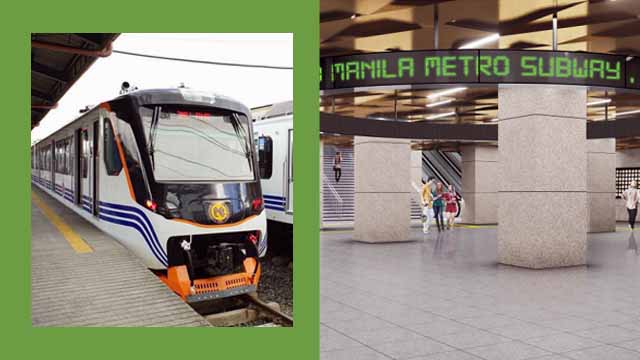
In traffic-ridden Metro Manila, train systems provide an escape from clogged roads. Long queues and cramped rides deter many from taking a ride, but cheaper fares make it an attractive option still.
While it works, it has left many commuters hoping for wider coverage, shorter waiting times, breathing room and trains that won't break down in the middle a trip.
Mass transportation operations were halted during the start of quarantine to prevent the rapid spread of the novel coronavirus, prompting complaints from commuters. Limited operations have resumed as the country slowly shifts to the new normal, but with more passengers expected to return to platforms in the coming months and years, it's vital to ask how things will get better.
There are several train projects in the government's pipeline, all with the aim to shorten travel times drastically and get more people where they need to be. Below, we plot the train upgrades and construction works in a timeline, across the Light Rail Transit lines 1 and 2, the Metro Rail Transit 3, the Philippine National Railways, and yup, the much-awaited Metro Manila Subway.
Here's what to expect for our train system in the next 6 years:
2021
Light Rail Transit 2 (LRT 2) East Extension Project
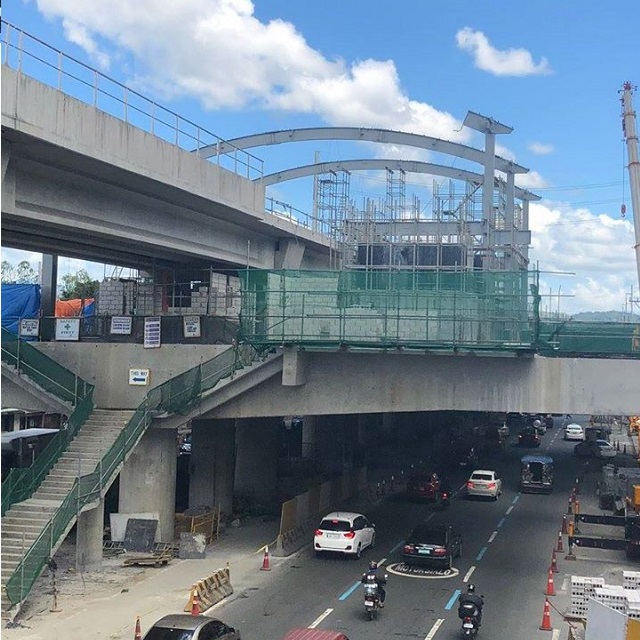
Full operations: April 2021
Currently ongoing, the LRT Line 2 East Extension Project is set to be fully operational by next year. Running for nearly four kilometers long, the expansion aims to transport an additional 80,000 passengers daily and shorten travel time between Manila and Antipolo from three hours to just 40 minutes.
Metro Rail Transit 3 (MRT 3) Rehabilitation Project
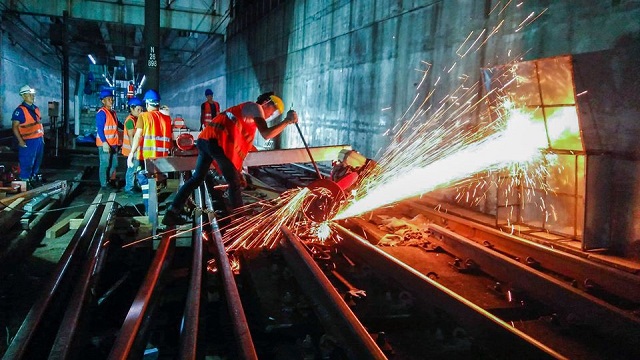
Partial operations: September 2020
Full operations: July 2021
Improvements for the MRT 3 line are gradually being rolled out, with speeds increasing by 10 kph per month and a target of at least 60 kph running speed by December 2020.
The rehabilitation project aims to increase the number running trains from 15 to 20 during peak hours, which will effectively cut down passenger waiting time from seven minutes to 3.5 minutes.
2024
Light Rail Transit 1 (LRT 1) Cavite Extension
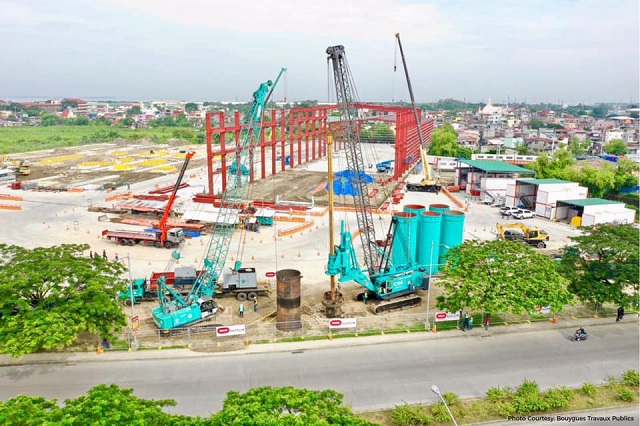
Partial operations: 4th quarter of 2021
Full operations: 1st quarter of 2024
The 11.7-kilometer extension can see 300,000 to 500,000 passengers ferried daily. Trips to and from Baclaran and Bacoor will take up only 25 minutes instead of the usual one hour and 10 minutes.
North-South Commuter Railway Project
The project is a 148-kilometer line that aims to connect Metro Manila, Region III, and Region IV utilizing the already existing Philippine National Railways (PNR). Who knows? You might finally have a reason to use their new orange trains soon enough! The project will be implemented in two phases.
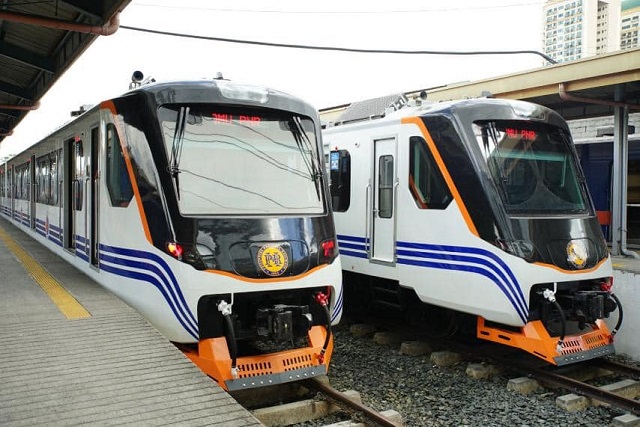
PNR Clark Phase 1 Tutuban-Malolos
Partial operations: 4th quarter of 2021
Full operations: 2nd quarter of 2024
The first phase runs for 38 kilometers and is set to shorten travel time between Manila and Bulacan from 1.5 hours to just 35 minutes. A total of 300,000 passengers can be ferried per day.
PNR Clark Phase 2 Malolos-Clark
Partial operations: 2nd quarter of 2023
Full operations: 3rd quarter of 2024
The 54-kilometer long line will connect Malolos and Clark in just 35 minutes, as opposed to the usual 1.5-hour trip. It's expected to carry some 340,000 passengers per day.
2025
Metro Manila Subway
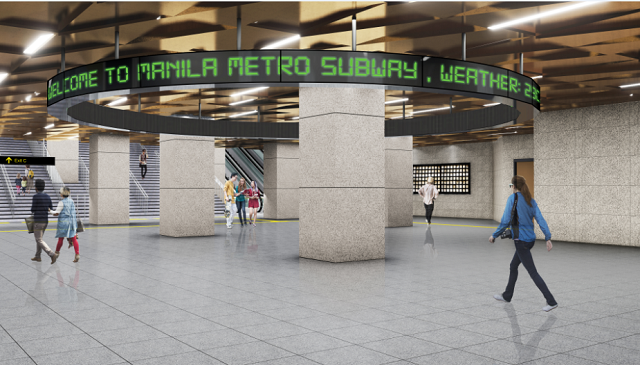
Partial operations: 1st quarter of 2022
Full operations: 4th quarter of 2025
The 35-kilometer long line is slated to be the first subway system in the country, and promises shorter travel time between Quezon City and the Ninoy Aquino International Airport Terminal 3.
The Metro Manila Subway has a passenger capacity of 365,000 per day and can cut travel time from one hour and 10 minutes to just 45 minutes.
2026
PNR Calamba
Partial operations: 2nd quarter of 2025
Full operations: 4th quarter of 2026
With a passenger capacity of 340,000 per day, the PNR Calamba line runs for 56 kilometers and will connect Manila and Laguna. The usual three-hour trip will only take one hour.
The Philippine Railways Insititute has been receiving help from Japanese partner Sumitomo-Mitsubishi Heavy Industries. Train simulators are scheduled to arrive in the 1st quarter of 2022 to help make safe train rides a reality.
A total of 188 certificates of competency for railway operations and maintenance have been granted via the Commission on Higher Education to ensure that workers will be equipped with the right skills to handle the trains' management in the future.
Source: Spot PH
No comments:
Post a Comment